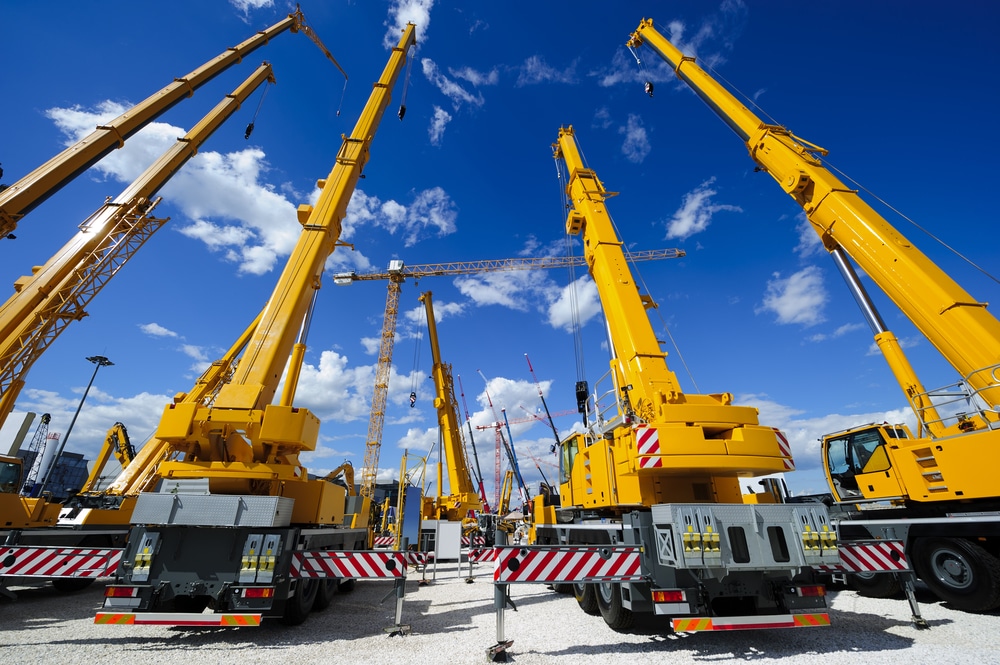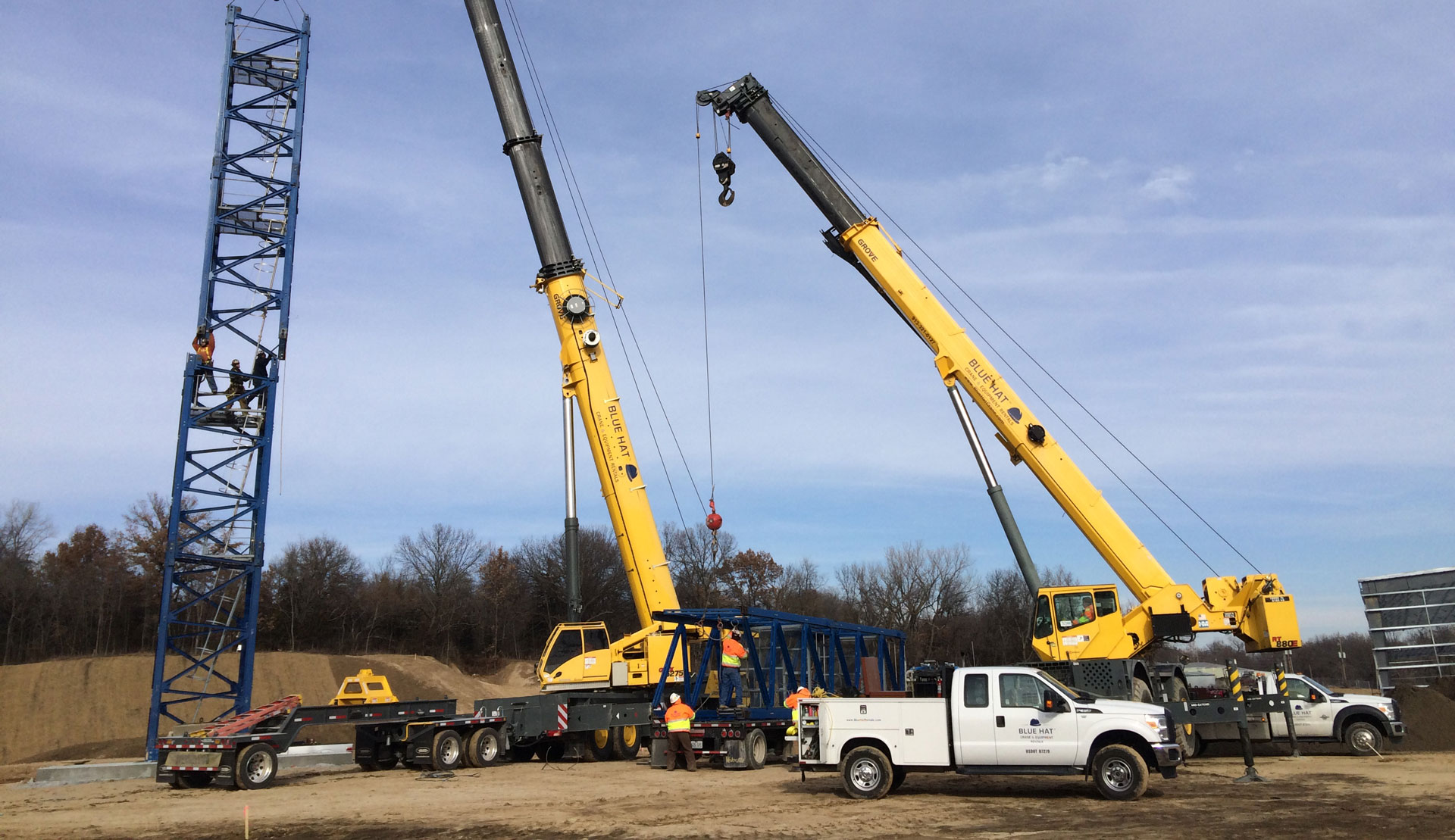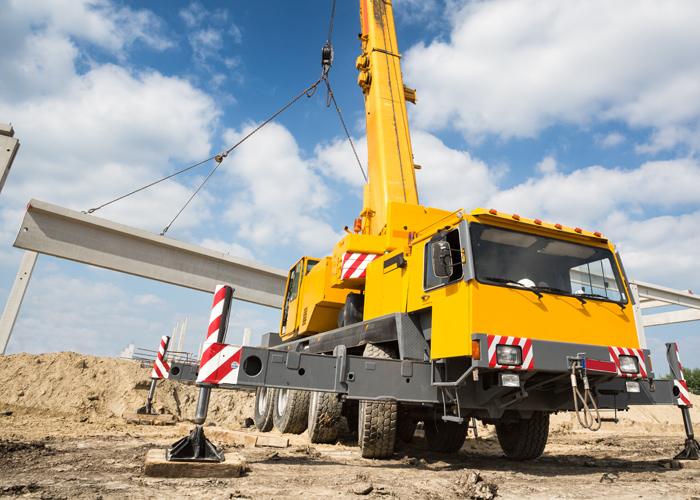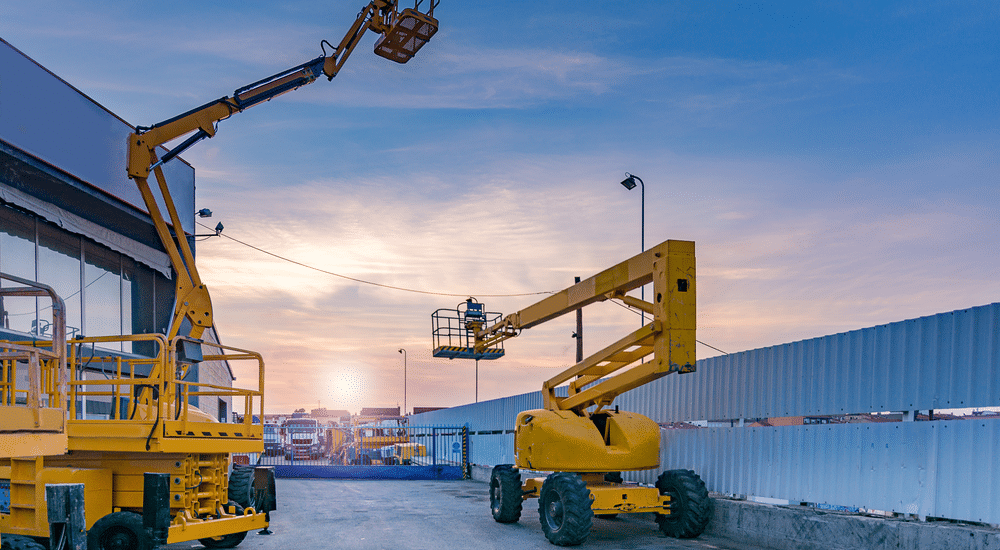Efficient crane operation and load handling are essential for completing construction and industrial projects safely and on schedule. As a crane operator, your expertise plays a crucial role in maximizing productivity while maintaining safety standards. In this guide, we will provide valuable tips to enhance your crane operation skills and optimize load handling, ensuring smooth and efficient lifting operations.
- Plan and Prepare
Proper planning is the foundation of efficient crane operation. Before starting any lifting task, review the lift plan, consider the load’s weight and dimensions, and assess the job site for potential hazards or obstructions. Collaborate with signalpersons and riggers to coordinate the lift and establish clear communication procedures. Adequate preparation reduces the risk of accidents and increases overall productivity.
- Master Crane Controls
Familiarize yourself with the crane’s controls and practice operating them smoothly and precisely. Understanding the sensitivity of controls will enable you to make minute adjustments when positioning the load accurately. Practice controlling the crane’s hoisting, slewing, and boom movements to become proficient in maneuvering the crane with ease.
- Stay Within Load Capacity
Never exceed the crane’s rated load capacity. Always check the load chart to ensure you are within the permissible limits based on the boom length, angle, and radius. Respect the crane’s capacity for different lifting scenarios, and avoid lifting near the crane’s maximum limits to maintain a safety margin.
- Use Proper Rigging Techniques
Correct rigging is crucial for safe and efficient load handling. Utilize appropriate slings, hooks, and rigging gear, ensuring they are inspected and in good condition. Employ the most suitable rigging techniques for the load’s shape and weight to prevent damage and maintain load stability during lifting.
- Monitor Weather Conditions
Be mindful of weather conditions that may affect crane operation. Strong winds, rain, or extreme temperatures can impact the crane’s stability and lifting capacity. Assess weather forecasts and adjust your lifting schedule accordingly to ensure safe and efficient operations.
- Optimize Boom Configuration
Utilize the crane’s telescopic boom and jib configurations efficiently to access various lifting points without frequent repositioning. Plan lifts to minimize unnecessary boom extensions, reducing setup time and enhancing productivity.
- Practice Smooth Load Movement
Avoid sudden and jerky movements when hoisting or lowering loads. Smooth and controlled load movements help maintain load stability and prevent swing, reducing the risk of accidents. Precise control ensures accurate placement of the load, saving time and effort in repositioning.
- Communicate Effectively
Establish clear communication with signalpersons and ground personnel using standardized hand signals or two-way radios. Maintain constant communication during the lift to ensure safe coordination and timely adjustments, especially when working in tight spaces or with limited visibility.
- Prioritize Safety
Never compromise safety for speed. Always prioritize safety procedures and adhere to industry standards and guidelines. Conduct regular safety checks, including inspecting the crane and its components, to identify and address potential issues promptly.
- Continuous Training and Learning
Stay up-to-date with the latest crane operation techniques and safety practices through continuous training and learning opportunities. Participate in workshops, certifications, and industry seminars to enhance your skills and knowledge.
Conclusion
Efficient crane operation and load handling are achieved through meticulous planning, precise execution, and a strong commitment to safety. As a crane operator, your proficiency in controlling the crane and handling loads efficiently significantly contributes to the success of construction projects. By following these tips and continuously improving your skills, you play a vital role in enhancing productivity and safety on the job site. Remember, safe and efficient crane operation is the key to a successful project completion.







